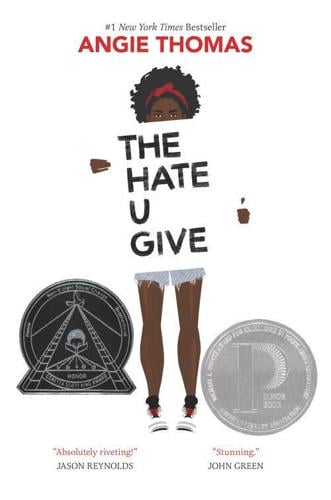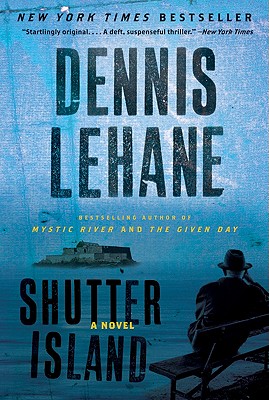Popular Fiction
Popular Nonfiction
Find It Yourself
Here's the short and easy guide to the call numbers used here at the library! The picture included from the Keuka College Lightner Library uses the same basic system we do, and includes the first letters of each subject included in our library- use these letters to locate the subject of the book you'd like to find, then refer to the map of the second floor, where most of our books are located, to find where those books are shelved. For a more comprehensive guide, refer to "Call Numbers and How they Work." As always, refer to the library reference desk for additional help!


Image sources: Keuka College Call Numbers Guide; Noreen Reale Falcone Second Floor
Our library houses countless resources of all kinds for our patrons to use, but many of our patrons struggle finding what they are looking for on their own! So, here we've decided to provide a guide to help those who want to learn more about our cataloging system in order to find books on their own. The first part of this is learning about what system the Le Moyne College Library uses- the Library of Congress system uses a barcoding system that assigns each resource their own code, which we then use to organize our shelves to help patrons find things. Though we have separate shelves for certain materials, like our new books, board games, or our Be Well and Thrive collection, but those books also have corresponding call numbers, but are listed on our library website as being shelved separately.
To start, each call number starts with a 1-2 letter or letter combination that dictates it's subject. The first letter is dedicated to the central subject (it's class), and the second to any subcategories it matches (subclass). These letters can be found in the image in the tab "Quick Guide to Finding Books." From there, additional topics are categorized with a series of numbers, followed by a "cutter number," or a code specific to a single author. Lastly in the sequence is the year of publication. The materials are organized first alphabetically- a call number starting with A will be found before AA, AB, or AC. They are then sorted numerically in each alphabetical section- A.1 before A.2, and so on. Items with the same grouping, like Shakespeare's plays all beginning with PR280_.A2, will them be sorted alphabetically again.
Materials that have a physical copy available in the library will list their call number under the title, to the right of it's LOCATION (where it can be found in the library), under the text CALL NO.; followed by it's STATUS (meaning whether or not the book is available or currently checked out by another patron). All of our shelves have a range of letters and numbers listed, meaning that all call numbers that begin with the letters and numbers within that range can be found on that shelf, in alpha-numerical order. This system is used for all materials-- our video media, books, and board games can all be found be you! For textbooks, you an provide a call number to the student assistant, and they can retrieve reserved materials from behind the desk.
In the case that your resource can't be found under it's exact call number, please be sure to find a student assistant at the service desk to help you locate it, as it could be just misplaced on the shelf, or missing from our collection. And, as always, if you need any additional help, our staff of librarians are ready to help you find exactly the resource you need, no matter the project!
Main Sources: Library of Congress Classification; Call Number Visual
Unfortunately, our library is not infinite- we do not have every resource available in our library, but you can have access to so much more! The Le Moyne College Library is part of the Inter-Library Loan system, meaning we have access to materials that might not be available within our own collection, and a book from a nearby library is just a few days away! For more information, feel free to explore our Interlibrary Loan webpage.
Additionally, you can sign up for an Onondaga County Public Library Card that can be used at 23 nearby libraries, as well as a digital New York Public Library Card for more online resources. You can sign up for one or both of these library cards for access to resources outside of our own library, including leisure reads that academic libraries might not carry. For more information, feel free to explore our Public Library Card webpage.
Finally, for out-of-state students, the USA Gov website has a great list of federal libraries and archives, as well as a link to locate libraries across the country, just using a zip code. For more information, feel free to explore the USA Gov Libraries and Archives webpage.
















